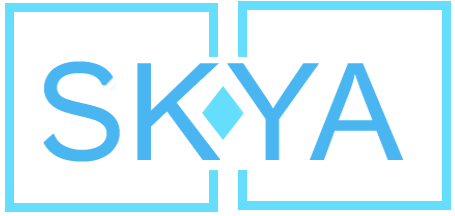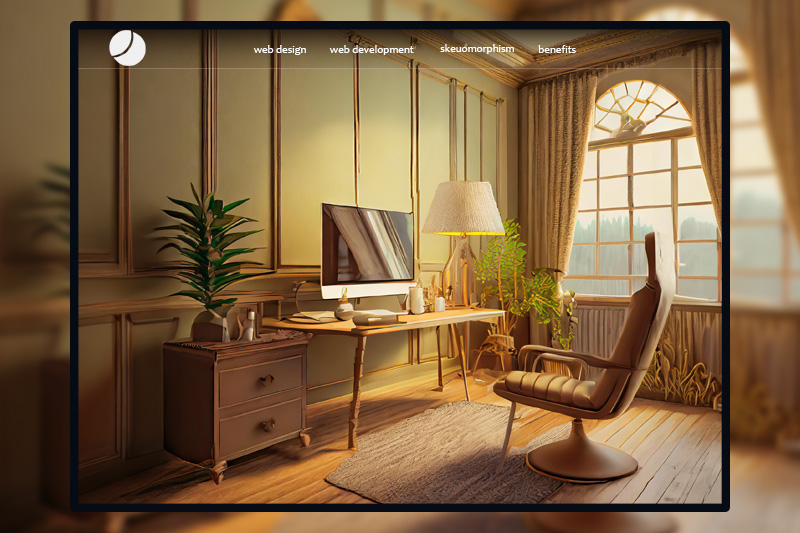In the ever-evolving realm of web design, trends come and go, but some concepts withstand the test of time. One such concept that has made a resurgence in recent years is skeuomorphism. Skeuomorphism, though rooted in the past, has found new life in modern web design, offering a fresh perspective on user interfaces. In this blog, we’ll delve into the fascinating world of skeuomorphism and explore its impact on contemporary web design.
What is Skeuomorphism?
Skeuomorphism refers to the design principle of imitating the physical characteristics of original objects in an effort to make something look or feel more familiar. This technique seeks to make the digital environment more familiar and user-friendly by incorporating elements that users recognise from the physical world. Examples of skeuomorphic design include virtual bookshelves, leather textures, and realistic buttons that mimic their physical counterparts.
The Rise and Fall of Skeuomorphism
Skeuomorphism gained popularity in the early days of digital design when graphical user interfaces (GUIs) were emerging. Designers believed that incorporating familiar elements from the physical world would make the transition to digital interfaces smoother for users and speed up understand and acclimation. This led to the creation of interfaces with realistic textures, shadows, and three-dimensional elements.
However, as technology advanced, user preferences shifted towards a more minimalistic and flat design aesthetic. Flat design, characterised by simplicity, clean lines, and lack of embellishments, gained prominence, and skeuomorphism fell out of favor. Designers sought a more modern and streamlined look, leading to the dominance of flat design and its successor, material design.
Is Skeuomorphic web design trending in 2024?
In recent years, there has been a revival of interest in skeuomorphism, with designers embracing its potential to create immersive and engaging user experiences. This resurgence can be attributed to the desire for more visually interesting and interactive interfaces, as well as advancements in technology that allow for more sophisticated implementations of skeuomorphic elements.
Modern Skeuomorphism in Web Design
Contemporary skeuomorphism is not a mere replication of physical objects on a screen but a thoughtful integration of real-world elements to enhance the user experience. Designers are using subtle shadows, gradients, and realistic textures to create a sense of depth and tactility without sacrificing the clean and modern aesthetic users expect.
See more modern Skeuomorphism design examples here on Dribble
Benefits of Skeuomorphic Design
- Familiarity and User Engagement: Skeuomorphic design creates a sense of familiarity, making users feel more comfortable and engaged with the digital interface.
- Intuitive Navigation: Elements that mimic their real-world counterparts often result in more intuitive navigation, as users can draw upon their existing knowledge of physical objects.
- Emotional Connection: Realistic textures and details can evoke emotions and establish a connection between the user and the interface, enhancing the overall user experience.
Conclusion
As web design trends continue to evolve, skeuomorphism has proven to be a resilient concept that has found relevance in the modern digital landscape. By blending the best of both worlds – the familiarity of physical objects and the sleekness of digital design – contemporary skeuomorphism offers a unique and engaging approach to user interface design. As designers experiment with new ways to bridge the gap between the physical and digital realms, we can expect to see more innovative applications of skeuomorphism in the future.

